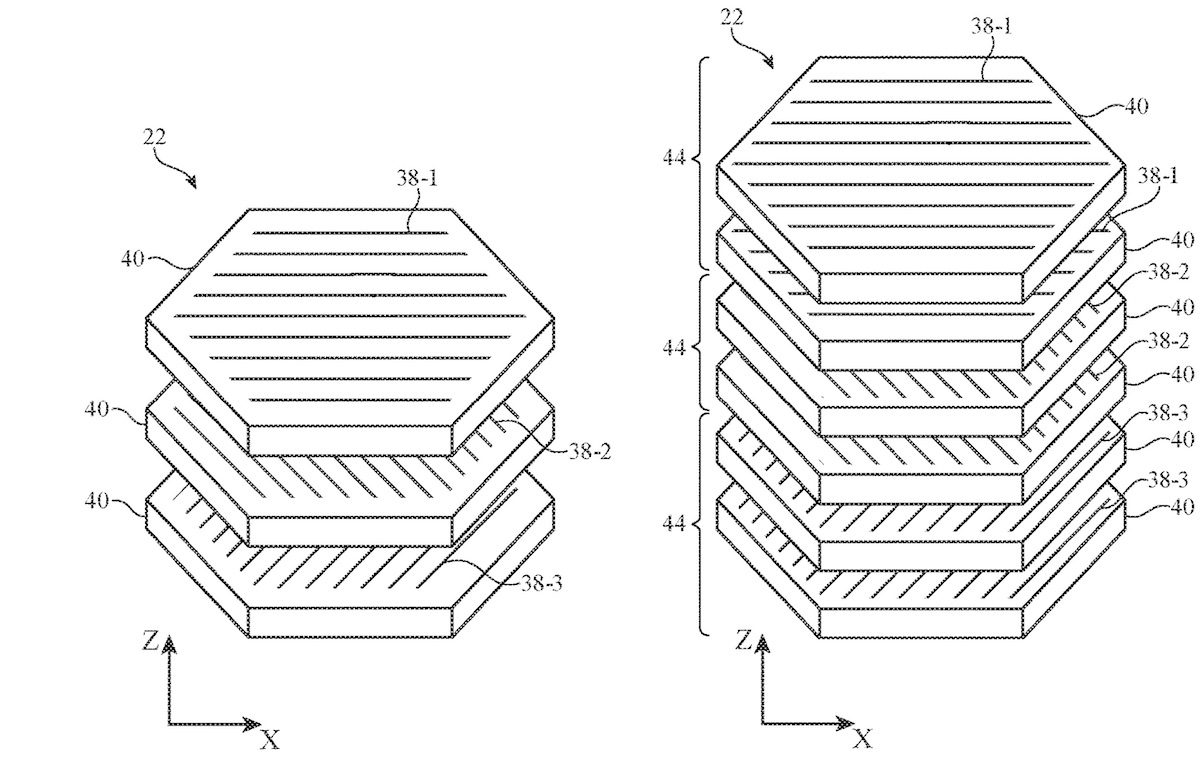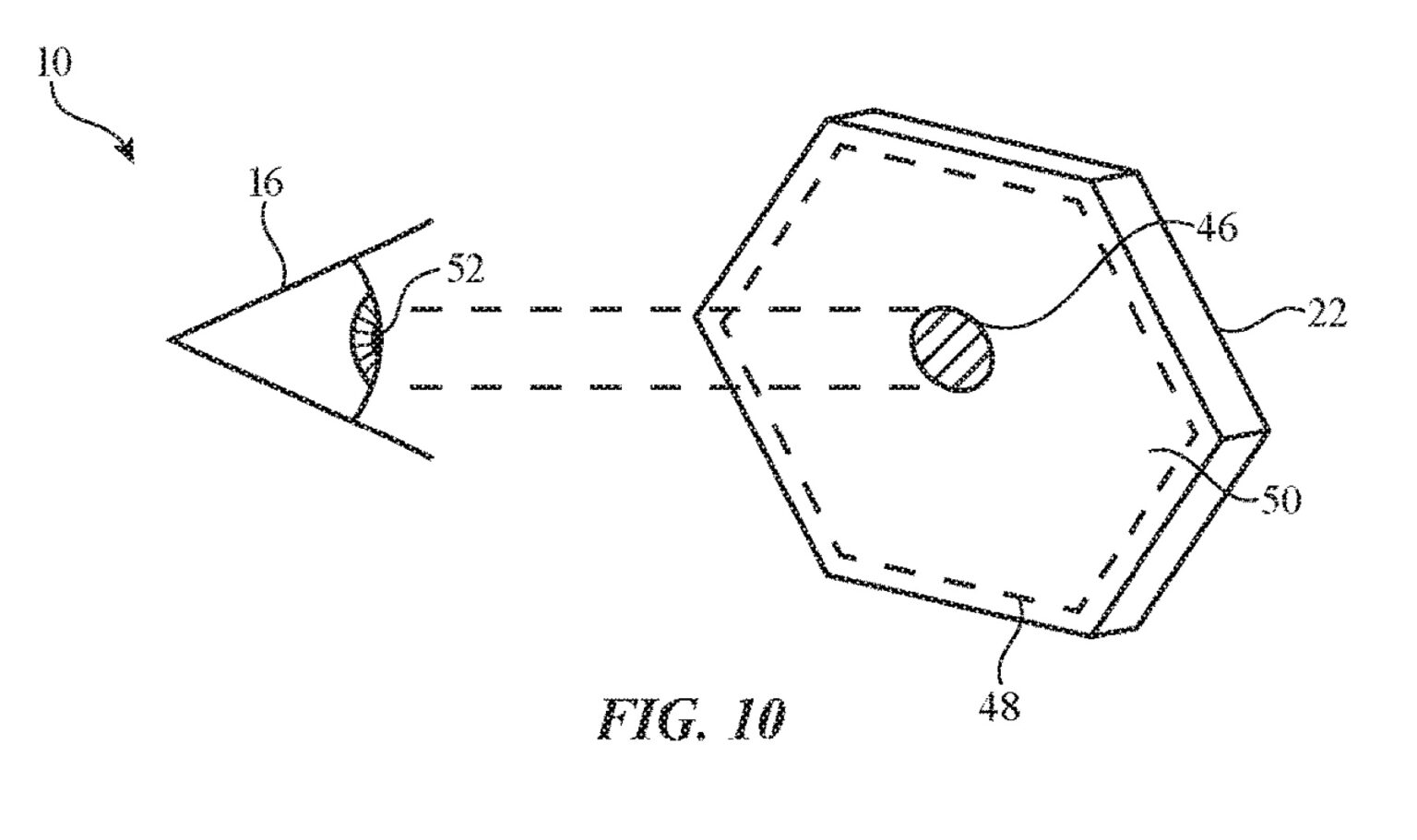Patent Suggests Apple Glass Could Have Vision Correction
Right from the word go, a major issue with VR headsets has been the difficulty of fitting the devices over prescription glasses so that people with vision problems could have a comfortable and crystal-clear immersive experience.
Currently, wearing a headset over prescription glasses can be a cumbersome process. A user has to put on the VR headset face-first like when wearing swimming goggles so as not to smash their faces against VR headsets. Besides, when wearing VR headsets over prescription glasses, the fit can be a little too tight and uncomfortable.
This will likely get worse as VR headset form factors get smaller by the day. Besides, it is impossible to imagine doing this for XR devices with the form factor of conventional prescription glasses such as the devices that Apple, Meta, and other hardware players are currently pursuing.
Apple is building a slim and powerful Augmented Reality glass and an Apple Glass patent suggests that the company wants to solve the problem of VR experiences for people who wear prescription glasses by equipping the wearable with vision correction.
At the moment, it would seem that the only way for people with vision problems to use smart glasses with slimmer form factors would be by investing in prescription contact lenses but not everyone is a fan of contact lenses. The vast majority of us prefer prescription glasses over contact lenses which are not only expensive but also uncomfortable for some. While there are headsets that allow you to add prescription lenses for XR experiences, this creates a problem if the headset is shared with others and has to be reconfigured every time to enable others to use it.
Apple Patent for Vision Correction in Smart Glasses
The new patent granted to Apple on January 11 suggests the tech company has come up with a novel solution that integrates vision correction in the Apple Glass.
The patent suggests that Apple can now build the technology into smart glasses enabling users to adjust and correct their vision while wearing the Apple Glass. The patent describes the technology as “Tunable and Foveated Lens Systems” which entails the use of a stack of lenses for each eye to perform vision correction.

According to the patent, this lens stack could consist of a liquid crystal adjustable lens as well as a non-liquid-crystal adjustable lens. The non-liquid lens in the combination could consist of a fluid-filled lens or an Alvarez lens.
However, the liquid crystal lens could have multiple cells that are filled with an optical material and these could be adjusted by the application of some power. This then modifies how the material would permit light to pass through them.
The voltage to the setup could also be adjusted to deliver different correction levels depending on the wearer’s gaze.
Due to multiple layers of electrodes, which could consist of three or six orientations, it would be possible for the lens to adjust the light with precision depending on the individual vision correction requirements of the wearer.
The patent says the technology could make it possible for Apple Glass to adjust for various vision problems including far-sightedness, near-sightedness, and astigmatism among others.

The patent says that the lenses in the combination could also adjust to suit the optimal vision requirements of different users. For instance, the lenses could be programmed for one user and other optical characteristics programmed for another user thereby making it possible for the Apple Glass to be used by different wearers with different vision problems.
The Patent May Not Make Its Way to Final Product
The realization of all patents should generally be treated with some skepticism. The fact that a patent is granted does not necessarily mean that it will be productized. In fact, most of the patents granted to Apple by the US Patent and Trademark Office (USPTO) never make their way to final products for the market.
However, this patent is significant if XR technologies will be getting smaller and going mainstream in the coming years. A good portion of global technology consumers has vision problems, rely on prescription glasses, and need just this kind of innovation for an optimal visual experience inside VR or AR headsets.
Besides, the Apple patent could effectively replace our prescription lenses and enable us to have adjustable eye correction that will save many from frequent visits to the optician. The patent says the technology could be used exclusively for vision correction with its smart features switched off. Apple is expected to announce an AR or VR headset this year but Apple glasses will only be unveiled in 2025 so if the product is making its way into the smart glasses, users have to wait for a few years.
https://virtualrealitytimes.com/2022/05/15/patent-suggests-apple-glass-will-have-vision-correction/https://virtualrealitytimes.com/wp-content/uploads/2022/05/Apple-Glass-600x315.jpghttps://virtualrealitytimes.com/wp-content/uploads/2022/05/Apple-Glass-150x90.jpgAugmented RealityTechnologyRight from the word go, a major issue with VR headsets has been the difficulty of fitting the devices over prescription glasses so that people with vision problems could have a comfortable and crystal-clear immersive experience. Currently, wearing a headset over prescription glasses can be a cumbersome process. A user...Sam OchanjiSam Ochanji[email protected]EditorVirtual Reality Times - Metaverse & VR
